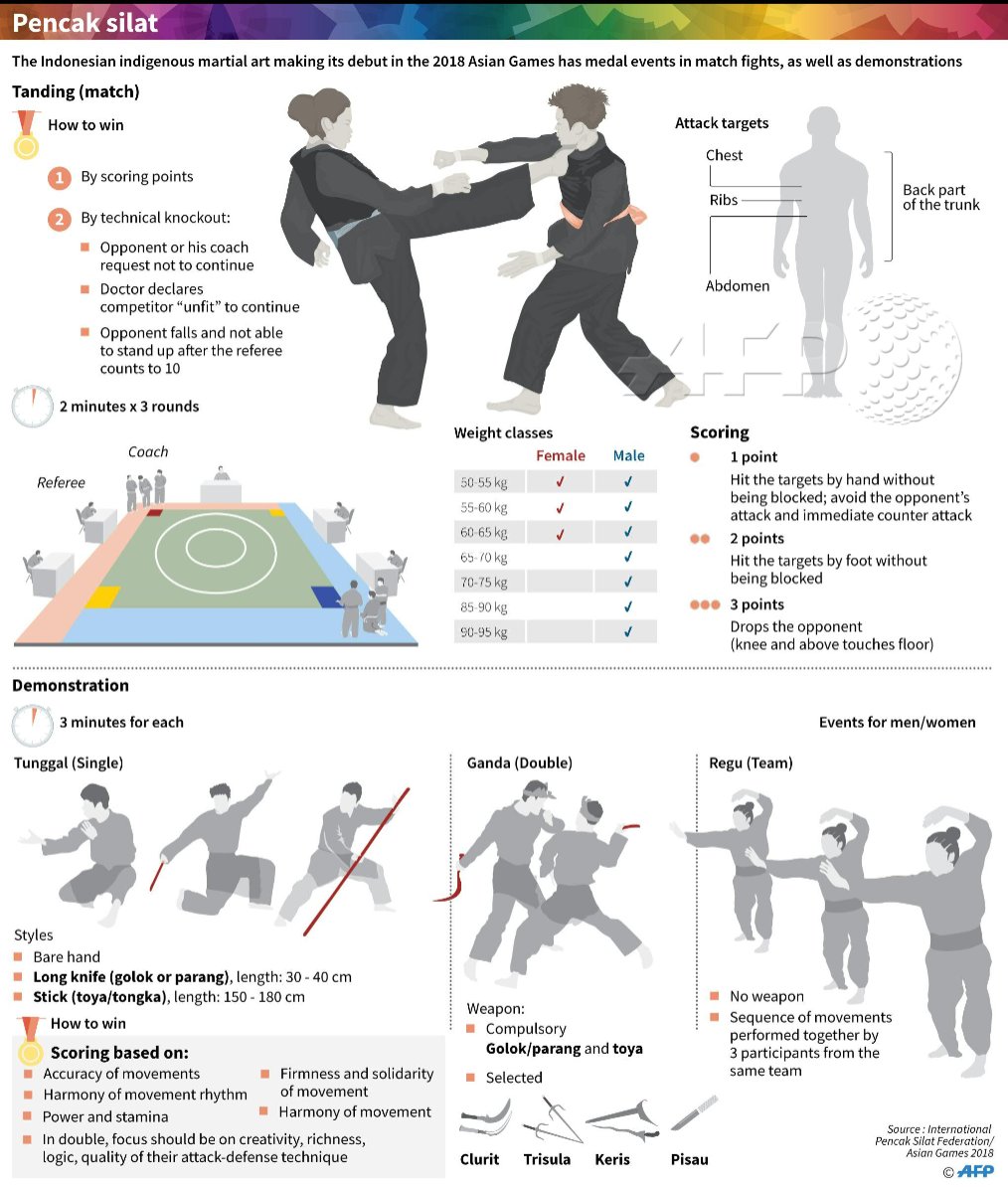The Evolution And Historic Importance Of Martial Arts Throughout Various Societies
The Evolution And Historic Importance Of Martial Arts Throughout Various Societies
Blog Article
Short Article Produced By-Sutton Vick
Martial arts have a remarkable history that extends centuries and continents. You might find it interesting just how ancient practices like Shuai Jiao and Kalaripayattu prepared for contemporary fight strategies. These disciplines not just emphasize physical skills but likewise mirror the cultures that birthed them. As you explore their advancement, think about exactly how globalization has changed these standard kinds right into crossbreed styles. What influences do you think have formed today's martial arts landscape?
Ancient Martial arts: The Structures of Combat
As you explore the world of old martial arts, you'll find the rich structures that formed battle techniques across societies. Early practices concentrated on Self-Defense and survival, usually including strikes, hurting, and weaponry.
In ancient China, for example, methods like Shuai Jiao emphasized tosses and joint locks, while India's Kalaripayattu showcased dexterity and liquid motion. Japanese samurai created Kenjutsu, a polished swordsmanship that highlighted self-control and approach.
These martial arts offered not just for fight but likewise as a way of personal advancement, instilling values like respect and willpower. The blending of these methods gradually laid the groundwork for the varied martial arts you see today, each reflecting the unique ideologies and demands of its culture.
The Cultural Influence on Martial Arts Growth
While martial arts often reflect the functional needs of a society, they also personify the cultural worths and beliefs of their origins. When you discover different martial arts, you'll notice exactly how they're affected by religious beliefs, approach, and social norms.
For linked internet site , the emphasis on respect and technique in Japanese martial arts stems from Zen Buddhism and samurai culture. On the other hand, Brazilian Jiu-Jitsu advertises flexibility and technique, shaped by the need for performance in a diverse, multicultural environment.
You might find that the rituals, uniforms, and training approaches mirror a neighborhood's history and identity. By comprehending these cultural influences, you deepen your recognition of martial arts and their function fit human experiences around the world.
Modern Adaptations and the Globalization of Martial arts
Martial arts have changed substantially in current decades, adapting to modern culture and worldwide impacts. You'll see that typical kinds have blended with modern-day techniques, producing hybrid styles like MMA. These adjustments accommodate varied audiences, making martial arts easily accessible and enticing globally.
With the increase of social media sites and digital systems, you can locate tutorials and competitors from all corners of the world, damaging geographical barriers. This globalization has resulted in a shared gratitude for numerous self-controls, from Brazilian Jiu-Jitsu to Taekwondo.
As you engage with these arts, you'll understand they're not practically battle; they advertise fitness, discipline, and psychological well-being.
Ultimately, modern adaptations have enhanced the martial arts landscape, making it a vibrant and advancing practice.
Conclusion
In discovering the history and evolution of martial arts, you discover a remarkable blend of methods, societies, and ideologies. From ancient techniques like Shuai Jiao and Kalaripayattu to the modern versatility seen in MMA, martial arts reflect mankind's pursuit for Self-Defense and personal growth. As https://alexisvonpu.blogitright.com/35184133/discover-the-keys-of-mental-durability-to-level-up-your-martial-arts-training-increase-your-focus-strength-and-toughness engage with these methods, you not only get abilities yet likewise a deeper recognition for the varied practices that form our world today. So, continue tiger rock martial arts and welcome the art of combat!
